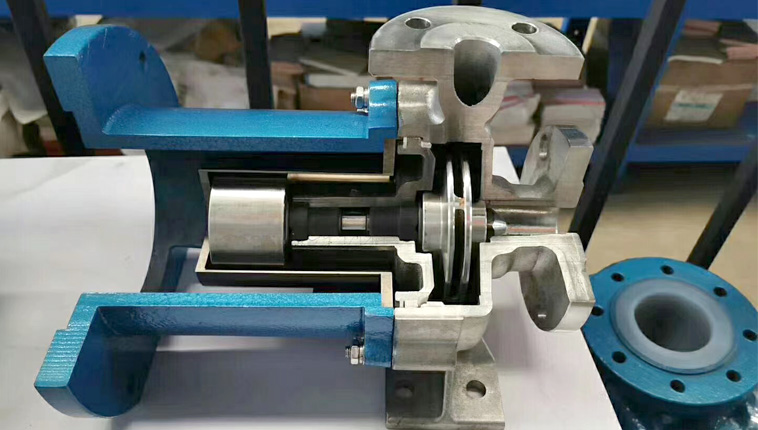Basic principles of pickling:
The corrosion resistance of stainless steel is mainly due to the addition of high content of chromium (such as 316LW (chromium) = 16.00 to 18.00), which is easily oxidized by air and can quickly produce a compact Cr2O3 film on the surface of the steel, resulting in a sudden increase in the electrode potential of the steel and the corrosion resistance in the air oxidized material. The corrosion resistance of stainless steel mainly depends on the very thin (about 1nm) passivation film covered by the surface layer, which is isolated from the corrosion medium and is the main shield of stainless steel. If the passivation film is incomplete or defective is damaged, stainless steel will still be corroded. The surface oil contamination, scratches, rust, impurities, low melting point metal contaminants, coatings, welding slag, spatter, etc., of stainless steel vessels in the inner lining plate, the equipment and accessories are directly affected by the surface quality of stainless steel, the damage of surface passive film, the decrease of surface corrosion resistance and the easy to work with the corrosive substances in the subsequent chemical carrier. In GB150-1998 "Steel pressure vessels", it is stipulated that "the surface of vessels made of stainless steel with anticorrosion requirements should be pickled". Stainless steel chemical ships also carry all kinds of chemicals, which have high requirements for the prevention of article pollution, but the surface quality of stainless steel plates in China is relatively poor. Stainless steel plates, equipment, machinery, chemical or electrolytic polishing and other accessories are usually processed, cleaned and pickled. Stainless steel has strong corrosion resistance.

Stainless steel chemical ships usually use sea water for cabin washing, which contains a large amount of chloride ion. The passive film of stainless steel has dynamic characteristics and should not be regarded as stopping corrosion, but as a protective layer for diffusion, which tends to damage the passivation film in the presence of reducing agent (such as chloride content) and can be protected and repaired in the presence of oxidant (such as air).
Stainless steel will be oxidized by air when placed in the air, but the defense of this kind of film is not perfect. A layer of stainless steel with an average thickness of 10 μ m is corroded by pickling. The chemical activity of the acid solution makes the solubility of the defective part higher than that of other parts on the surface, so pickling can make all the surface layer tend to uniform balance, and more importantly, pickling. It makes iron and iron oxides dissolve Wanjin pump valve preferentially than chromium and chromium oxides, removes the poor chromium layer, makes the stainless steel surface rich in chromium, and produces a completely stable passivation film on the surface layer under the action of oxidant passivation. The potential of this kind of chromium-rich passivation film can reach + 1.0V (SCE), which is close to the potential of precious metal, which improves the reliability of corrosion resistance.
Note:
Pre-pickling treatment: stainless steel surface, such as oil ester and other dirt, will directly affect the effect of pickling, usually need to choose alkali detergent and other cleaning agent cabin wall. Adjustment of chloride ion concentration in pickling solution / paste and cleaning water: excessive chloride content will damage the passivation film of stainless steel. Some stainless steel pickling solutions / ointments use corrosion substances containing chloride ion content such as hydrochloric acid and perchloric acid as main agents or auxiliaries to remove the surface layer of air oxidation, which is disadvantageous to the prevention of corrosion and should be adjusted in the inspection. As stipulated in the ship standard "stainless steel pickling passivation paste" CB/T3595-94, the chloride content of stainless steel pickling passivation paste should be adjusted within the range of 25ppm~100ppm. In addition, compared with the cleaning water, the content of chloride ion should be lower than that of 25PPM, and the requirement can be achieved by adding sodium nitrate as corrosion inhibitor in tap water during construction. Neutralization and environmental protection discharge of waste liquid: compared with the disposal of pickling waste liquid, it should meet the requirements of standard environmental protection discharge, such as adding lime milk or calcium chloride to fluorine-containing waste liquid, and ferrous sulfate reduction disposal relative to chromium-containing waste liquid.





 +86 18130251359
+86 18130251359 teflowpumps@tlpumps.com
teflowpumps@tlpumps.com








 +86+0563-5093318
+86+0563-5093318
